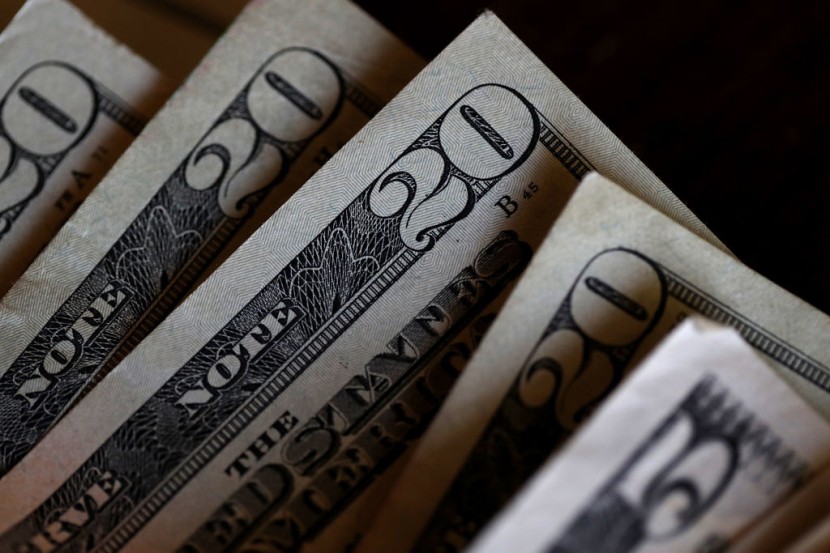
President Joe Biden's promises to eliminate student loans will benefit 43 million Americans. Some 20 million will have their debts fully erased.
The idea forgives up to $20,000 in student loans for Pell Grant recipients and $10,000 for holders of federal loans. Individuals must have a combined family income of less than $125,000 or $250,000 in 2020 or 2021 to qualify.
Can I Apply for Student Loan Payment Refund?
Debt forgiveness applications will be accessible by mid-October, and once completed, the borrower should expect to see the loan modification in 4-6 weeks, before the regular payment resumption on December 31st. Loan payments have been halted since March 2020, when the COVID-19 epidemic began.
The debt relief scheme only applies to borrowers who have a loan amount right now, but every borrower who has made a payment on their student loans since the moratorium began is eligible for a return. You can obtain a refund for any payment (including auto-debit payments) you make during the payment pause commencing March 13, 2020, according to the Department of Education's Office of Student Loans.
Borrowers should contact their loan provider to obtain a refund of their money. To do so, qualifying borrowers must request that their balance be restored before applying the forgiveness to that amount. According to the government, the amount of relief is capped at the level of the outstanding debt, thus there will be no return for the difference between the restored amount and the $10,000 or $20,000 permitted, as per MLIVE.
How To Qualify for Student Loan Forgiveness?
You must have federal student debts and earn less than $125,000 per year (or $250,000 per household) to be eligible for forgiveness. Borrowers who match those requirements may be eligible for a debt cancellation of up to $10,000. If you got a Pell Grant while studying, you may be eligible for up to $20,000 in loan forgiveness. Almost every form of federal student debt, including direct subsidized or unsubsidized loans and graduate or parent PLUS loans, is eligible for forgiveness.
However, it is unclear what would happen to non-federal government-held Federal Family Education Loans (FFELs) and Perkins loans. If you qualify for the federal student loan payment pause, your debts are likely eligible for this forgiveness option.
However, if your loans were not suspended and are being held by a private lender, the Department of Education is actively negotiating with those third parties to cancel your debt-though this plan has not yet been finalized. Private student debts are not eligible for discharge, according to Forbes.
If the Department of Education already has your income information, you do not need to apply for student loan debt forgiveness; this category of borrowers is largely made up of people on income-driven repayment programs. If the department has your income information, your qualified debt will be instantly canceled. You won't have to do anything else.
If the department does not have your income information, you must fill out a new application from the Biden administration to provide the information required to cancel your debt, CNET reported.
Related Article : Former Bill Clinton Adviser Criticizes President Joe Biden's Student Loan Debt Policy; Senators Says Bailout is "Monumentally Unfair"
@YouTube
© 2025 HNGN, All rights reserved. Do not reproduce without permission.








